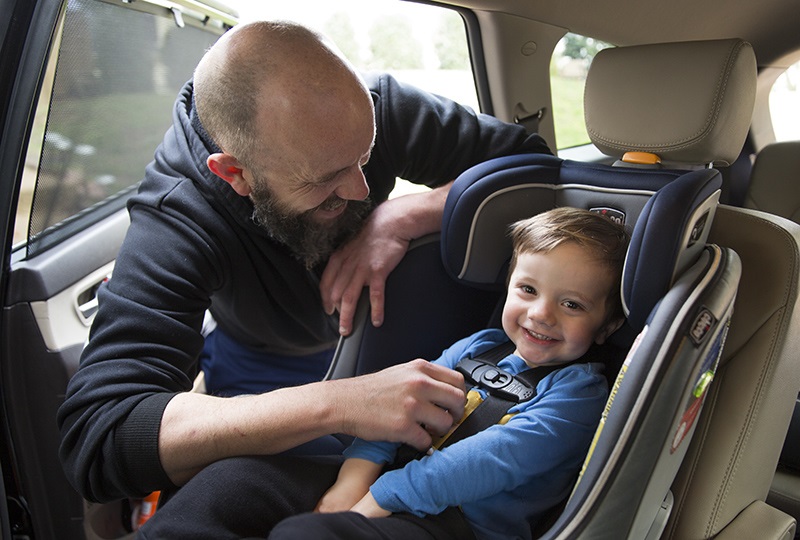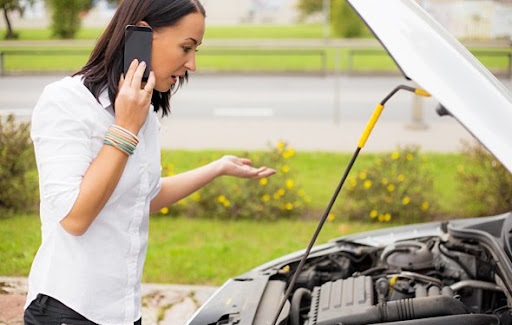Kaitlyn’s Law is a landmark piece of legislation designed to protect children from the dangers of being left unattended in vehicles. This law was named after Kaitlyn J. Lueck, a young girl whose tragic death in 2001 highlighted the urgent need for stricter regulations and increased awareness about child safety in cars. The law has since sparked discussions nationwide, leading to stricter enforcement and a push for better safety measures for children in vehicles. In this article, we will delve into the history, importance, and impact of Kaitlyn’s Law, as well as its role in preventing child deaths and injuries.
Table of Contents
The Tragic Incident That Led to Kaitlyn’s Law
In 2001, Kaitlyn J. Lueck, a 2-year-old girl, died after being left in a vehicle in 100-degree heat for over four hours. Her mother had unintentionally left her behind when she went to work. Kaitlyn’s death was a heartbreaking reminder of the dangers posed by unattended children in vehicles. This incident prompted a public outcry, and soon after, the introduction of Kaitlyn’s Law to prevent such tragedies from happening in the future.
Kaitlyn’s Law: Key Provisions and Regulations
Kaitlyn’s Law, officially known as the California Child Passenger Protection Act, went into effect in 2002 in the state of California. The law specifically makes it illegal to leave a child under the age of six unattended in a motor vehicle without the supervision of a person who is at least 12 years old. This regulation is designed to prevent children from being exposed to potentially life-threatening conditions such as heatstroke, suffocation, or injury while left alone in a car.
Key provisions of Kaitlyn’s Law include:
- Unattended Children: The law prohibits leaving children under six years old unattended in a vehicle, even for short periods.
- Heatstroke Protection: The law addresses the dangers of heatstroke, which can cause death or severe injury when temperatures inside a vehicle rise quickly, even on a seemingly mild day.
- Fines and Penalties: Violation of Kaitlyn’s Law may result in fines, criminal charges, or even child endangerment charges, depending on the severity of the incident.
The Dangers of Leaving Children Unattended in Vehicles
Leaving a child in a vehicle can be incredibly dangerous, even for a short period. Heatstroke is one of the most common causes of death for children left in cars. Studies show that the temperature inside a car can rise by as much as 20 degrees Fahrenheit in just 10 minutes, even on a day with mild weather. This rapid temperature increase can lead to heatstroke, which occurs when the body’s temperature reaches 104°F (40°C) or higher. In such cases, children are at significant risk of brain damage, organ failure, and even death.
Other dangers of leaving children unattended in a vehicle include:
- Accidental Injury or Death: A child may accidentally put the car in gear, disengage the parking brake, or be injured by an airbag.
- Abduction Risk: Leaving a child alone in a vehicle increases the risk of kidnapping or abduction.
- Suffocation: In some cases, a child may accidentally lock themselves inside a vehicle or get trapped in a way that makes it difficult to breathe.
The Impact of Kaitlyn’s Law on Child Safety
Since its enactment, Kaitlyn’s Law has played a crucial role in raising awareness about the risks of leaving children in vehicles. The law has not only led to stricter enforcement of child passenger protection laws but also helped promote public education campaigns on child safety in cars.
Numerous states have followed California’s example, passing similar laws to protect children from the dangers of being left in vehicles. These laws are designed to ensure that children are not left in potentially dangerous situations and that there are consequences for those who fail to follow these critical safety measures.
The law has also contributed to increased public awareness about the importance of never leaving a child unattended in a vehicle. Educational programs, community outreach, and campaigns led by organizations like the National Highway Traffic Safety Administration (NHTSA) have played an essential role in spreading the word and encouraging parents and caregivers to take preventive measures.
Preventative Measures and Tips for Parents and Caregivers
While laws like Kaitlyn’s Law are crucial in preventing child deaths and injuries, parents and caregivers also play a key role in ensuring the safety of children in vehicles. Here are some important tips to help parents avoid the risks associated with leaving children unattended in cars:
1. Create a Routine Check:
Develop a habit of checking the back seat of your vehicle before exiting the car. This simple step can ensure that no child is left behind in the vehicle.
2. Use Reminders:
Parents can use reminders or visual cues to ensure they don’t forget their child in the car. For example, leaving an item like a purse or phone in the backseat can serve as a reminder to check the area before exiting the vehicle.
3. Set up a Safety Alert System:
Some vehicles offer a backseat reminder system, which can alert the driver when something is left in the backseat. This technology can help reduce the risk of leaving a child behind.
4. Never Leave Your Child Alone in the Car:
It is crucial never to leave a child unattended in a vehicle, even for a moment. Take your child with you when you exit the vehicle, regardless of how short your errand may be.
5. Lock Your Vehicle:
Ensure that your car is always locked, even when parked in your driveway or garage. This prevents children from entering the vehicle unsupervised.
6. Educate Others:
Spread awareness about Kaitlyn’s Law and the dangers of leaving children unattended in vehicles. Share information with other parents, caregivers, and your community.
Conclusion
Kaitlyn’s Law serves as a powerful reminder of the importance of protecting children from the dangers of being left unattended in vehicles. The law has not only had a significant impact on child safety in California but has also inspired similar legislation across the nation. By raising awareness and enforcing stricter laws, Kaitlyn’s Law continues to prevent tragedies and save lives.
Parents and caregivers must take proactive steps to ensure that children are safe in vehicles. Never leave a child unattended in a car, and always be mindful of the risks that can arise from seemingly small lapses in judgment. With increased awareness, vigilance, and the continued support of laws like Kaitlyn’s Law, we can help protect children from the dangers of heatstroke, injury, and abduction, and ensure a safer future for all.
By honoring Kaitlyn’s memory, we work towards a safer world for children, where tragic accidents like hers become less common, and the safety of our youngest generation is a top priority.




